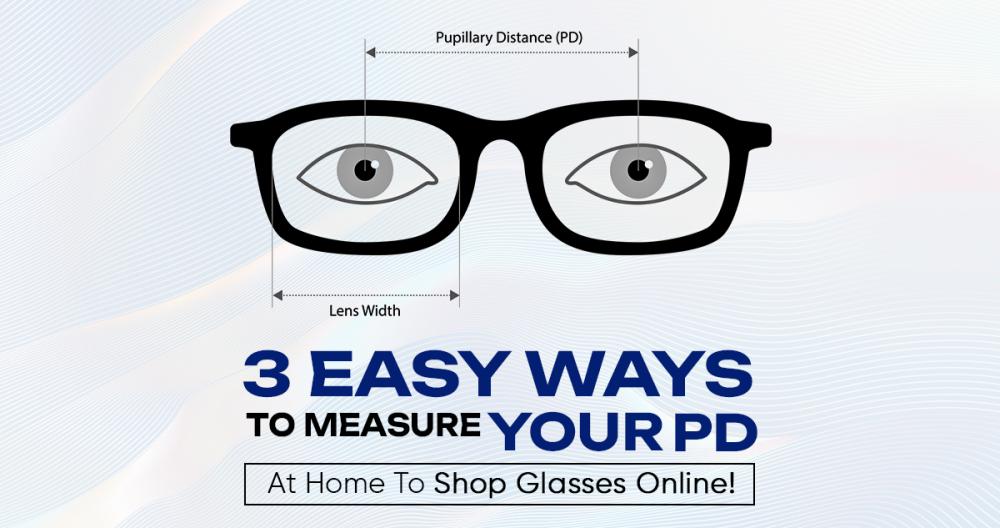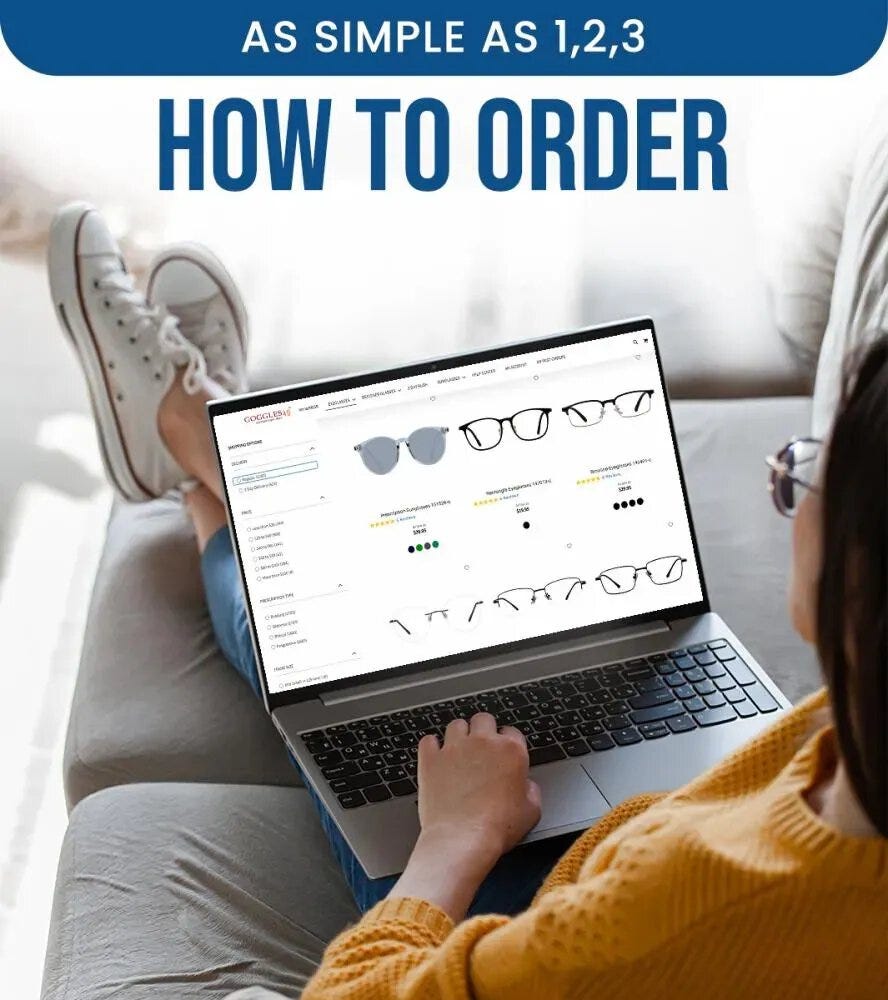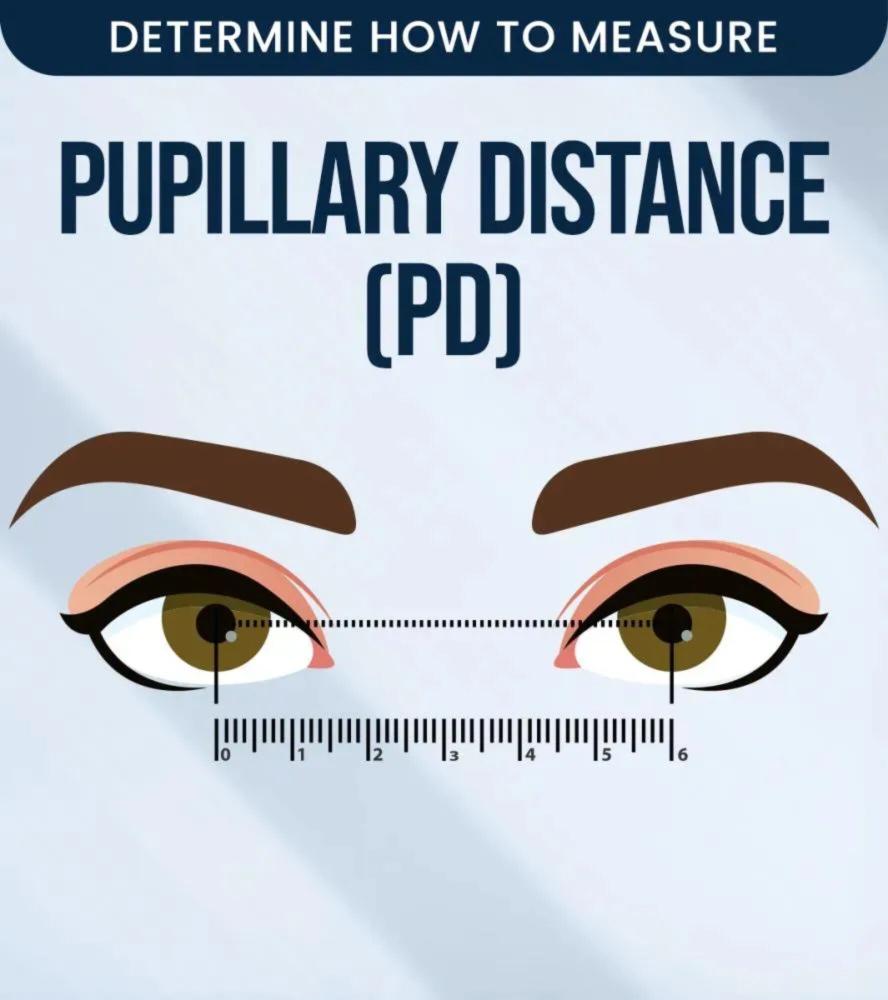Are you struggling to measure your PD - all by yourself? Well, it can be a daunting task especially if you're coming across this term for the first time. Commonly, people get to hear about the importance of PD, and how to measure it online right when they're ordering a new pair of glasses. Confusions aside, PD or pupilary distance is at the nexus of shoppping the correct pair of eyeglasses.
Today, we're discussing what is PD, how to measure it, and the types of PD's involved that enable customers to shop for the correct pair of eyeglasses that accurately sits on their face without slipping or tilting. This blog answers the most thrown-around question which is how to get my pd for glasses. Read below.
What Is PD or Pupilary Distance?
Pupillary Distance or PD is a medical term that denotes the total distance from the center of your one pupil to another, enabling doctors to understand the correct sizing for your eyeglasses. Perhaps, reading about the PD number on your prescription does not come as a surprise for many customers.
Further, it is always measured in mm and with the help of a pupilometer. Although, there are other contributing factors to buy the best eyeglasses online but PD's inestimable importance stands its ground. It has always been found out that you can measure your PD at home with a few simple tricks and methods, saving the time to go to the optometrist and get things done on your own.
What Is PD In Eye Prescription and Why Is It Important?
Optramestists are habitual of writing down your PD in the complete eye examination slip you get after the exam. The word "PD" denotes the distance of of the one center of your pupil to another to measure your optimal vision. Measuring PD is important because it ensures the right positiioning of your lenses at the time of manufacturing your pair of glasses.
It ensures that both the centers of the pupil align well with your lenses so that your vision is gauged to maximum efficiency.
READ MORE HERE
What Are Single PD and Dual PD?
There are two types of PD's that optametrists can measure for your eyeglasses. 1st is the Single PD - a standard measurement of the total distance from one center of the pupil to another. It is also kwon as the binocular PD in a medical terminology. With this, using Dual PD to make accurate pair of lenses for your eyeglasses has also risen. The Dual PD is the total distance from the center of each pupil to the bridge of the nose to deliver accurate measurement results.
The word "Dual" stands for 2 individual measurements obtained from the left eye and right eye to the bridge of the nose. In medical terms, the left eye is known as OS and the right eye is named as OD to create a glaring distinction between both eyes at the time of measuring their distance. Measuring Dual PD is specially important if you're ordering progressive lenses for your glasses.
Note: Usually, the PD number for adults turns out to be between 60mm-64mm. But, everyone's eye height and width is different. It's better to run a test for your PD to curate the most accurate numbers for your eyeglasses.
How To Measure Your PD At Home?
Are you willing to measure your pd at home? It's all about getting the method right and understanding the nuannces and details of getting through this process. It takes a simple ruler, a mirror, and a friend who voluntarily helps you in measuring your PD at home without any medical tools.
Here are 3 easy methods to get your pd for glassses without errors or ambguity. It is recommended to measure your PD at home for twice or thrice a times to have a better understanding of its accuracy. Also, if your prescription contains prism, it is best to set up an eye-test with your optometrist to get the correct readings for your PD.
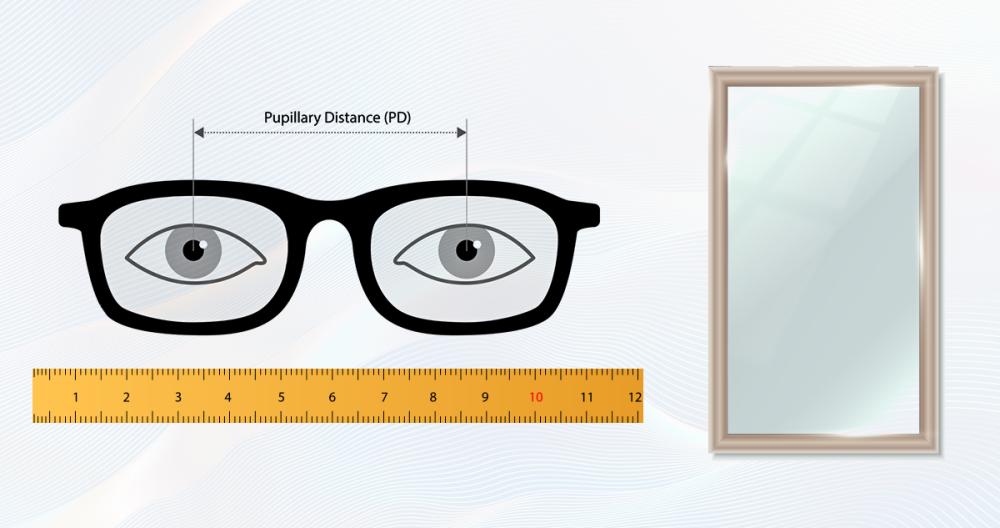
Method 1: Using a Ruler and a Mirror:
To measure your pupillary distance with this simple method, you’ll need a mirror and a ruler that displays millimeters.
Steps To Follow:
1) Stand approximately 8 inches away from a mirror.
2) While looking straight ahead, position the ruler flat against your browline.
3) Close your right eye and align the ruler’s 0 mm mark with the center of your left pupil.
4) Open your right eye and close your left eye.
5) Note the millimeter mark that lines up with the center of your right pupil—this measurement is your pupillary distance (PD).
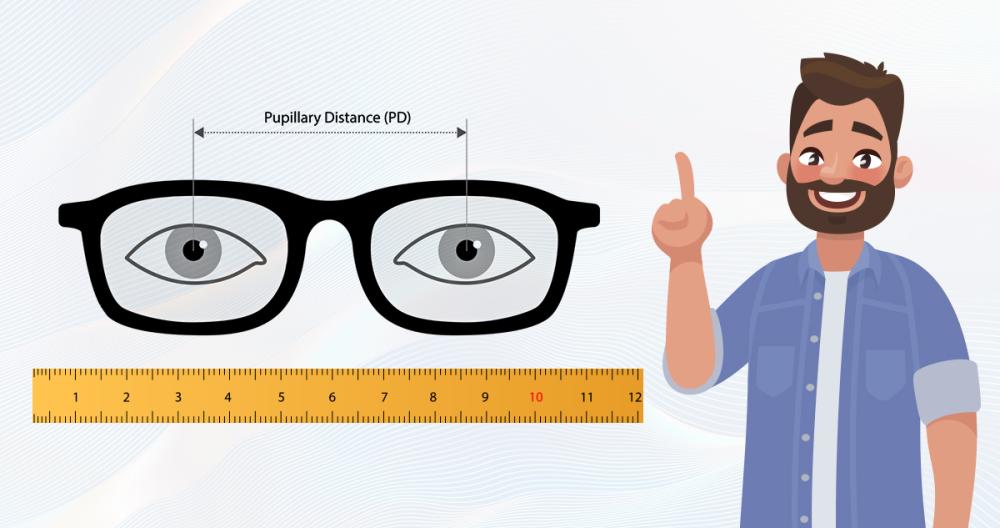
Method 2: Using a Ruler and a Friend
Steps To Follow:
For this method, you’ll need a ruler and a helping hand—whether it’s a friend, family member, or even a friendly neighbor.
Steps:
1) Look straight ahead and focus on an object 10-20 feet away. Keep your eyes still.
2) Have your friend position the ruler against your browline and align the 0 mm mark with the center of one pupil.
Your friend should then read the millimeter mark that aligns with the center of your other pupil—this number is your PD.
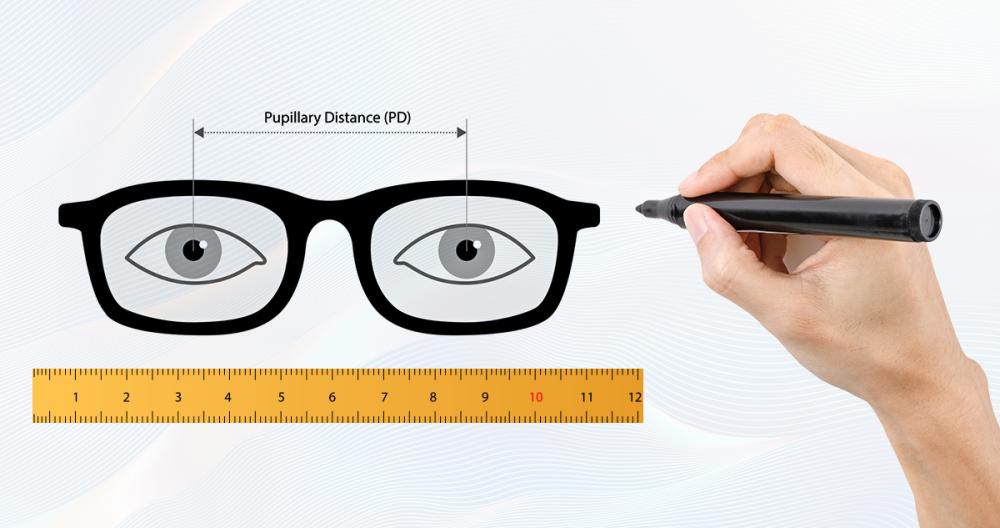
Method 3: Using A Marker, Glasses, and a Ruler
For this technique, you’ll need a non-permanent felt-tip marker, your glasses, and a millimeter ruler. Be sure to clean your lenses immediately after measuring.
Steps To Follow:
1) Put on your glasses and focus on an object at least 20 feet away.
2) Use the marker to place a small dot on your right lens directly over the object.
3) Do the same for your left lens, ensuring that both dots overlap into one dot when you focus on the object.
4) Remove your glasses and measure the distance between the two dots using your ruler. Align the 0 mm mark with one dot and note the millimeter measurement of the other dot—this is your PD.
Measure Your PD & Shop Discounted Glasses at Goggles4u!
After measuring your PD correctly at home, the next step is to browse the largest catalog of discounted eyeglasses at Goggles4U. Shop frames for men, women, and kid's with funky, nerdy, simple, retro, and vintage-inspired frame styles made with durable high-qaulity plastic and metals.
Browse the best-selling frames online at Goggles4U and save big on your next pair of prescription eyeglassses. Follow these 3 easy steps to measure your PD and order a new pair of specs today.

